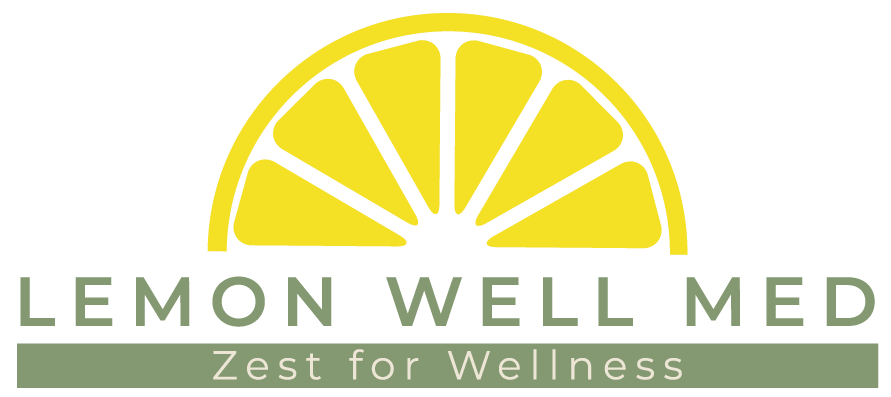Anti-ageing and moisturising properties of hyaluronic acid

Anti-ageing and moisturising properties of hyaluronic acid
Hyaluronic acid has been well recognised by beauty industry as an anti-ageing and moisturising ingredient which can reduce fine lines and visible wrinkles in order to keep the skin smooth and young. Its moisturising properties help to keep the body’s tissues well hydrated and lubricated.
Hyaluronic acid, also called hyaluronan or hyaluronate is a gel-like substance that is naturally present throughout the human body, mainly found in the skin, eyes, joints and muscles. Hyaluronic Acid acts like a moisturiser for the tissue through binding water with collagen in the tissues, keeping them hydrated. One gram of hyaluronic acid is capable of holding as much as six litres of water. Sun exposure, smoking and pollution can lower the amount of hyaluronic acid in the skin. Its level decreases also with ageing.
According to a scientist Mao-Qiang Man (researcher at University of California San Francisco) stratum corneum hydration levels (the outermost layer of the skin) are likely the major contributor to “inflammaging” – a process of skin ageing due to existing inflammation. Man’s research suggests that a diseased, damaged (from UVA and UVB radiation) and wrinkly skin becomes part of the inflammation process, releasing chemicals that leads to further damage and inflammation. Hyaluronic acid can help with the skin hydration and support preventing the further damaging process in the skin.
Apart from keeping the skin smooth and young, anti-ageing and moisturising properties of hyaluronic acid have been used in the following fields:
- supporting joints health – it helps to keep them well lubricated, it enhances growth and development of cartilage, and it reduces inflammation
- dry eyes – hyaluronic acid was discovered first in the cow’s eye by a German scientist Dr. Karl Meyer in 1934. It makes up 95% of the fluid inside the eye, supporting the health of the eye/s cornea and retina. It also helps in absorbing shock and transporting nutrients
- wound healing – hyaluronic acid has also been identified as a support in acute wound healing
Hyaluronic acid can be applied topically in the forms of serums or as an ingredient of the skin creams but also injections are becoming more popular in the beauty industry (as HA joints injections). Hyaluronic acid is also a very popular ingredient of eye drops.
Hyaluronic acid supplementation has shown benefits in skin appearance, being considered as part of the anti-ageing supplement regime. It also helps with eyes and joint hydration. Liposomal formulas of hyaluronic acid can help with better absorption of the active ingredient and avoid being destroyed in the digestive tract before reaching the target tissues.
Vitamunda Hyaluronic Acid combined with Vitamin C contains 150mg of highly available hyaluronic acid and includes also vitamin C, contributing in collagen production – both ingredients can support your skin health and smoothness.
Author: Gosia Sojka – Certified Nutritional Therapist


